GOING to London? Great. Art is a must-see for the traveler to the heart of the new capitol of nearly-but-not-quite Europe. So much to see though and probably so little time. The biggies include the National Gallery in Trafalgar Square, the National Portrait Gallery just around the corner in St Martin’s Place, Tate Britain at Millbank and the Tate Modern on Southwark, the Courtauld Gallery off the Strand, the Victoria and Albert Museum in South Kensington and the summer show at the Royal Academy (RA) in Piccadilly (opposite Fortnum and Mason) – all must-see contenders. This is before planning an assault on Mayfair to see the commercial galleries, a trip to South Kensington for the auction houses (especially Christies in the Old Brompton Road) and a ton of other venues, pop-ups and new art locations. Perhaps street art is your thing – London abounds – Camden, Dulwich, Bethnal Green – the list is potentially exhausting.
So what to do? I’d put the National Gallery and the Portrait Gallery high on the list – the Tates (Britain and Modern) also high, The RA in Piccadilly is a contender too.
The beauty of the National Gallery and the Portrait Gallery is their proximity to each other, and to other sights you’d probably want to see, such as Trafalgar Square, the Mall, Buck House, St James’ Park and Whitehall. Depending on preference, getting to Covent Garden or Piccadilly Circus isn’t hard from here, either. The National Gallery is the country’s most complete collection and documents 700 years of European painting (roughly, 1250 – 1900). Seeing everything is impossible in a couple of hours, best to cherry-pick some highlights. Mine would include the rich, enticing and other-worldly Wilton Diptych,
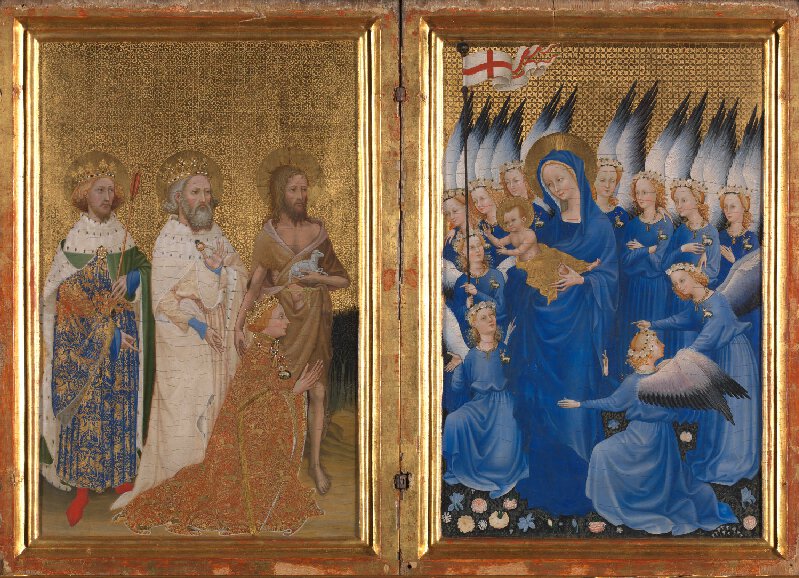
Uccello’s Battle of San Romano, a brilliantly structured and colourful painting that depicts Niccolò da Mauruzi da Tolentino on his white charger, the leader of the victorious Florentine forces, any one of half a dozen Turners and/or Constables, and, of course, Van Gogh’s sunflowers.
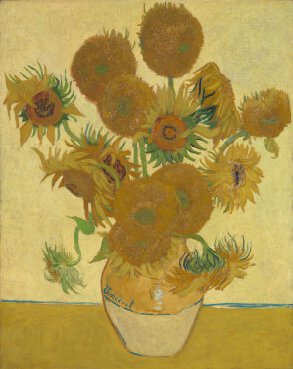
Van Gogh wrote to his brother Theo in August 1888, ‘I am hard at it, painting with the enthusiasm of a Marseillais eating bouillabaisse, which won’t surprise you when you know that what I’m at is the painting of some sunflowers. If I carry out this idea there will be a dozen panels. So the whole thing will be a symphony in blue and yellow. I am working at it every morning from sunrise on, for the flowers fade so quickly. I am now on the fourth picture of sunflowers. This fourth one is a bunch of 14 flowers … it gives a singular effect.’
Around the corner, the National Portrait Gallery is a little less overawing and a chance to do a bit of celebrity-spotting through the ages. While Kings, Queens, military heroes and the politically powerful are in high numbers, the ground floor is popular and more than worth a circuit – this focuses on the modern-day great and the good (and the not-so-good). Through summer the BP Portrait Prize is also on show for the most contemporary take on modern portraiture. Lastly, and perhaps best of all, all this entertainment and amusement is free.
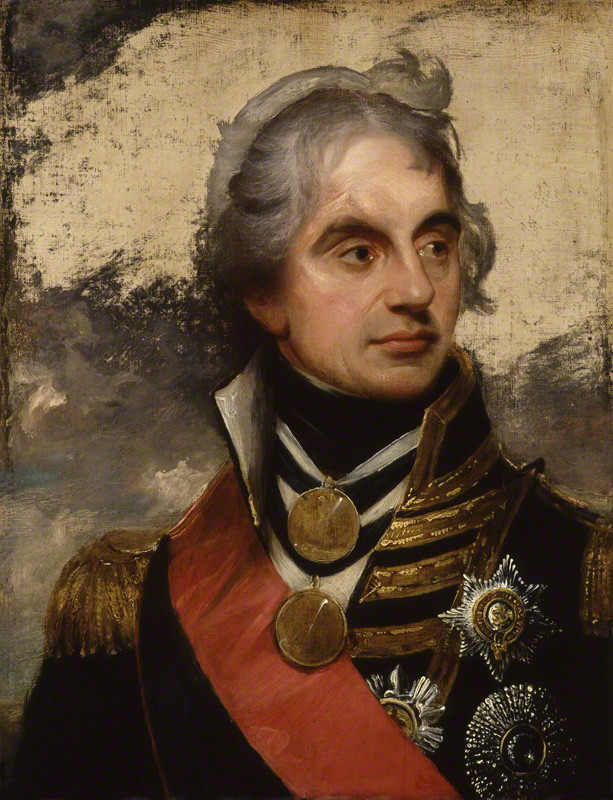
My next choice would be Tate Britain and Tate Modern (although it is line-ball, these are all stunning collections). One attraction for pairing these two is the chance to travel from one to the other by the Tate boat, a dedicated means of transport that takes in the sights and sounds of the Thames from Millbank to Bankside. At these two, like the National Gallery and the Portrait Gallery, there’s too much to see in one viewing. At Tate Modern, Rothko’s murals, Rodin’s The Kiss, Viola’s Five Angels for the Millenium and the Turbine Hall are all stand-outs; the collection is constantly changing and surprises abound.
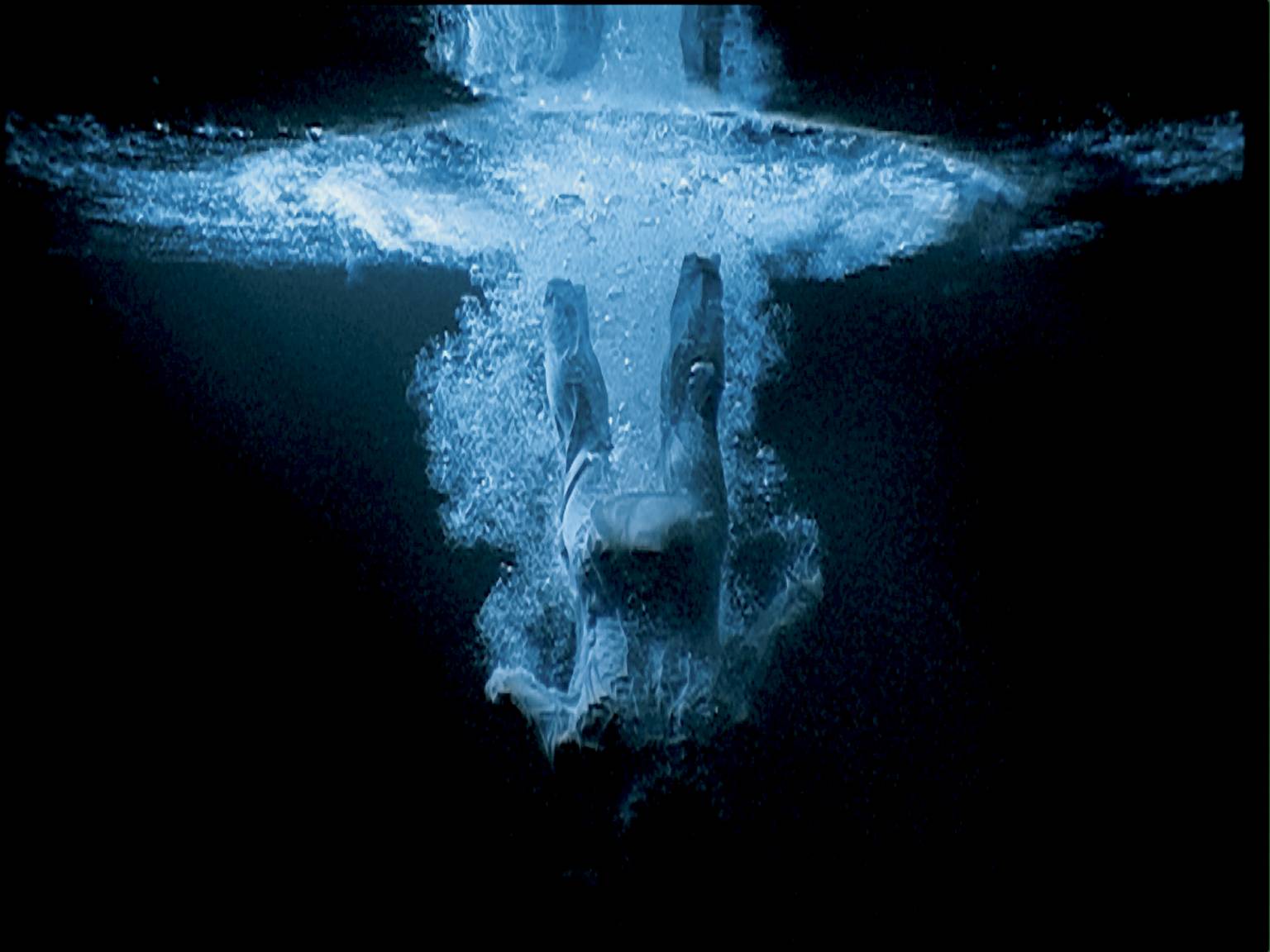
At Tate Britain, the art of the Empire is to the fore. Bacon, Freud and Hockney are all here, as is Gainsborough, Turner and the Pre-Raphelites. Horse lovers will want to see George Stubbs’ work; lovers of bawdy, Hogath’s Rake’s Progress and a multitude of others will all bay for attention. Both Tates are free general entry, with entry fees for special and temporary exhibitions.
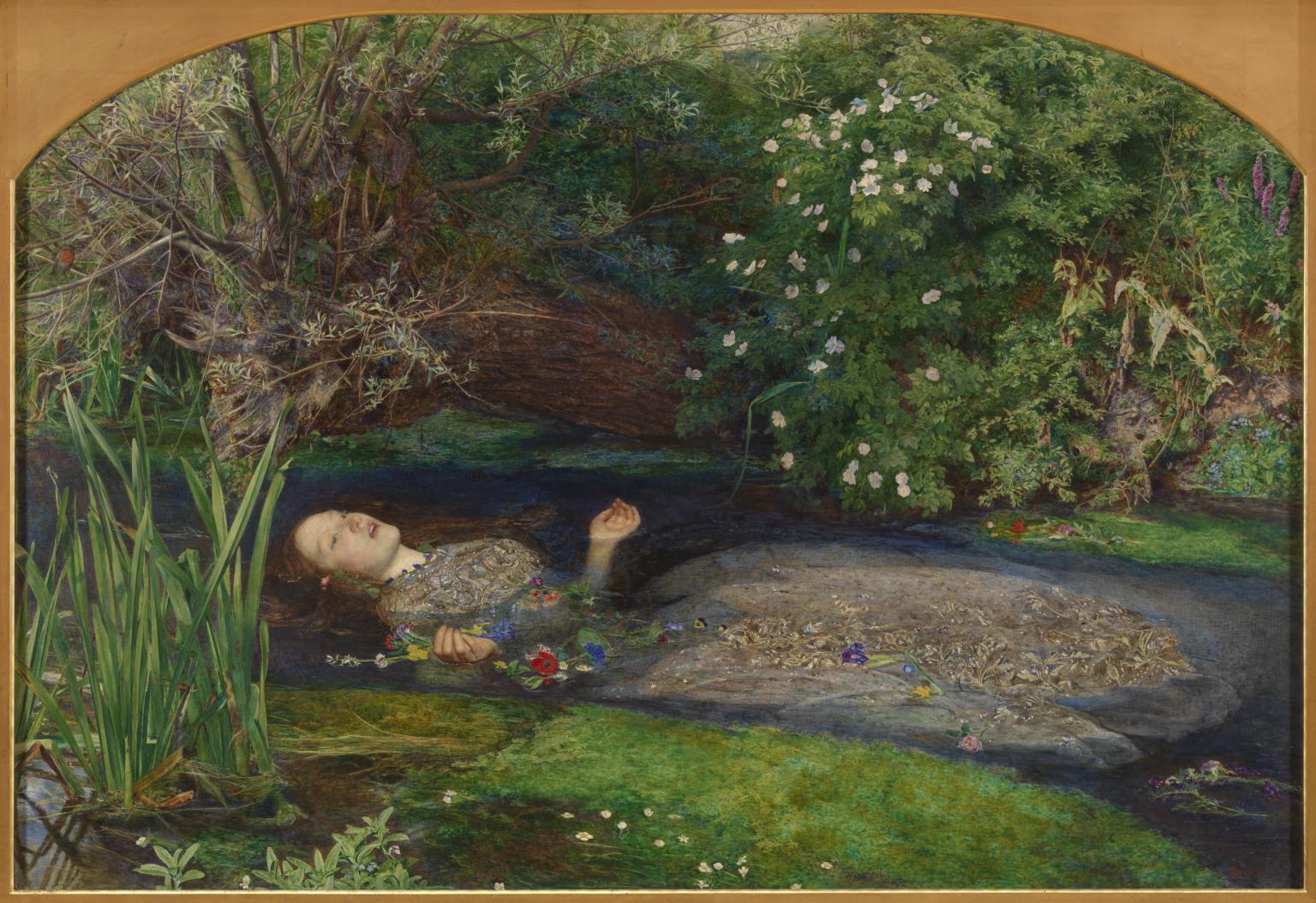
Lastly, the Royal Academy of Arts, in Piccadilly. Founded in 1768, it is the oldest fine arts institution in Britain. Situated in the heart of London’s West End it is universally renowned for hosting some of the capital’s finest temporary and touring exhibitions. Its annual Summer Exhibition, running since the institution first opened, displays select work from up and coming artists and by academicians. Entry isn’t free, as the RA receives no government support and fees vary depending on what you want to see and do. By way of example, The 2016 Summer exhibition entry costs around £10- 13.50 (student- adult) and is free for under 16s.
This is but a start for the really serious. The choice is yours. Enjoy!